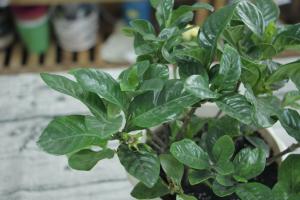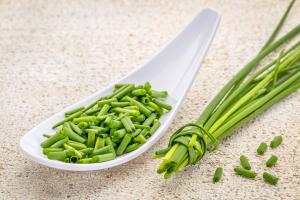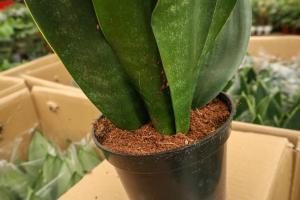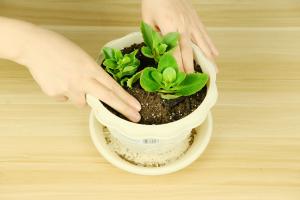Does a Spider Plant Like to be Pot Bound?
Spider plants, also known as Chlorophytum comosum, are popular indoor houseplants because they are easy to care for and can tolerate a wide range of conditions. However, there is often confusion about whether spider plants like to be pot bound or not. In this article, we will explore the answer to this question in depth.
What is Pot Bound?
Pot bound is a condition in which a plant has outgrown its container and its roots have become tangled and compacted. This can cause a range of problems for the plant. The roots may become starved of nutrients and water, which can lead to poor growth and even death. Pot bound plants may also become root bound, which means that the roots are tightly packed and unable to expand or absorb nutrients properly.
Why Do Some People Think Spider Plants Like to be Pot Bound?
Some people believe that spider plants like to be pot bound because they are often found growing in tight clusters in the wild. However, it is important to note that while spider plants can tolerate being pot bound to some extent, it is not their preferred growing condition.
How Can You Tell if Your Spider Plant is Pot Bound?
There are several signs that your spider plant may be pot bound. These include:
The plant is visibly too large for its container.
The roots are growing out of the bottom of the pot.
The soil is dry and crumbly, indicating that it cannot retain moisture.
The plant is not growing well, or is producing smaller leaves than usual.
What Are the Benefits and Drawbacks of Pot Bound Spider Plants?
There are both benefits and drawbacks to allowing your spider plant to become pot bound.
Benefits:
Pot bound spider plants are less likely to produce suckers, or offshoots, which can be invasive and take over your other plants.
Pot bound spider plants may produce more flowers and seeds, which can be used to propagate more plants.
Drawbacks:
Pot bound spider plants may have stunted growth and produce smaller leaves and fewer flowers.
The roots may become starved of nutrients and water, which can lead to poor health and even death.
The plant may become root bound, which can lead to a range of problems, including root rot and reduced fertility.
How to Pot a Spider Plant Correctly
If you want your spider plant to thrive, it is important to pot it correctly. Here are some tips:
Choose a pot that is slightly larger than the current one, and has drainage holes in the bottom.
Use a well-draining potting mix that contains peat moss, perlite, or vermiculite.
Remove the plant from its current pot and loosen any tangled roots.
Place the plant in the new pot and fill in any gaps with potting mix.
Water the plant thoroughly and allow the excess water to drain away.
Conclusion
While spider plants can tolerate being pot bound to some extent, it is not their preferred growing condition. It is important to check for signs of pot boundness and pot your spider plant correctly to ensure that it thrives and stays healthy.

 how many times do yo...
how many times do yo... how many planted tre...
how many planted tre... how many pine trees ...
how many pine trees ... how many pecan trees...
how many pecan trees... how many plants comp...
how many plants comp... how many plants can ...
how many plants can ... how many plants and ...
how many plants and ... how many pepper plan...
how many pepper plan...
































